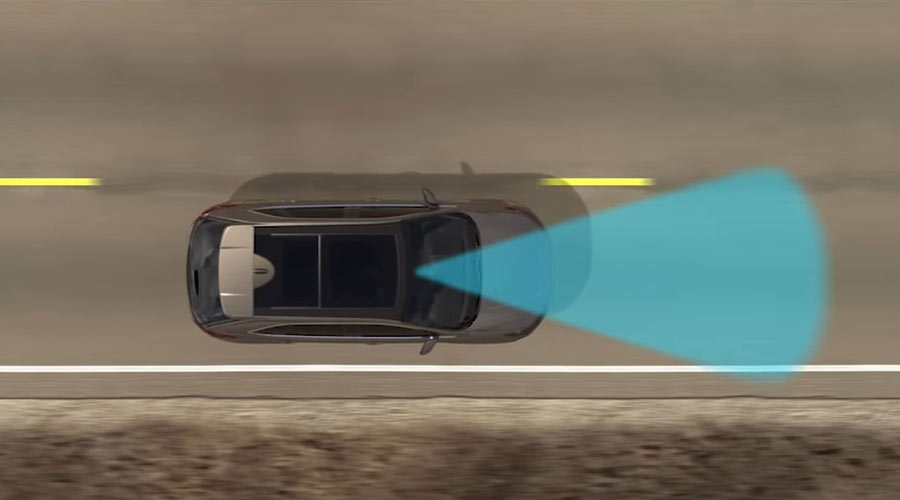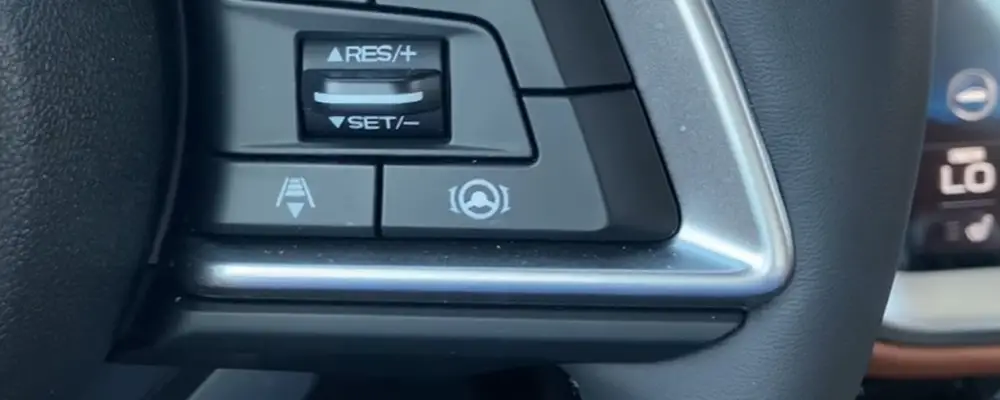Lane Centering Assist explained:
Lane centering assist is one of the vital systems in ADAS. ADAS means an Advanced Driver Assistance System. It plays the critical role of keeping vehicles centered in one lane by taking the clues from lane markings.

First of all, the Lane Centering Assist has extensive functionality in autonomous driving. This driver assistance system constantly checks the left and right lanes and keeps the vehicle in the center.
Furthermore, drivers’ distraction and tiredness can unintentionally lead to drifting over lane markings. This type of behavior mainly occurs in long and tiring journeys. Even a slight deviation may result in a catastrophic situation. In such conditions, Lane Centering assists keep the vehicle in its lane actively monitoring lane markings. Thus, the system keeps occupants, drivers, and vehicles safe every time.
System Componenets
The system mainly consists of a multipurpose camera. This camera combines artificial intelligence with classic image processing. As a result, it produces the most accurate picture of the surrounding, especially lane markings.
The second essential component is the electro-hydraulic steering system. This system offers active speed-based driving assistance. It also provides a dynamic return feature and various other driver assistance systems.
How does Lane Centering Assist work?
Various vehicle manufacturers have their own lane centering technology. We will explain this technology here in general terms. Lane centering system actively monitors lane markings along with the vehicle’s position and takes corrective action, if necessary.
In addition, the system automatically steers the vehicle and keeps the car in the center of the lane without manual intervention. Generally, these systems utilize cameras to take real-time visual-data feed. Furthermore, the system detects lane markings, boundaries, and other vehicles. Then it compares this data with the vehicle’s position in the lane.
Furthermore, the system also uses other means such as radar, lidar, infrared or other sensors to capture data. In addition, the Lane Centering Assist can work with Adaptive Cruise Control, thanks to Sensor Data Fusion. Thus, it opens the possibility of a semi-autonomous driving experience.
Adaptive Cruise Control keeps the constant speed in line with moving traffic. At the same time, Lane Centering keeps the vehicle in its lane. A combination of both creates a new semi-autonomous driving experience.
Difference between Lane Departure Warning and Lane Cenetring
The Lane Departure Warning system is considerably different from Lane Centering Assist technology. The Lane Departure Warning system warns the driver by audio, visual, or haptic feedback. At the same time, the system takes control of the vehicle on its own. Both the systems are fundamentally very different.
Advantages
The Lane Centering Assist constantly keeps the vehicle in the center of the lane without any manual intervention. As a result, the system is beneficial in long, tiring journeys.
Furthermore, the system also keeps the vehicle and its occupants safe. It simply avoids driving mistakes. The system keeps away unintentional driving behaviors and improves safety.
In conclusion, Lane Centering Assist is a great technology that keeps you and your loved ones safe on the road. Moreover, it will surely bring us one step closer to autonomous driving.
Video Courtesy: Ford
Watch Lane Centering Assist in action:
Read on: What is the honda lane watch? >>
